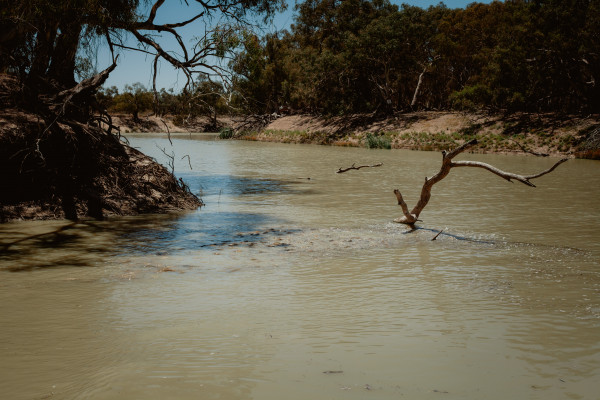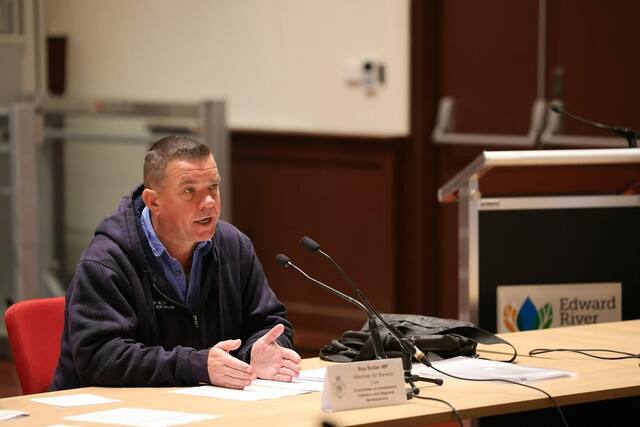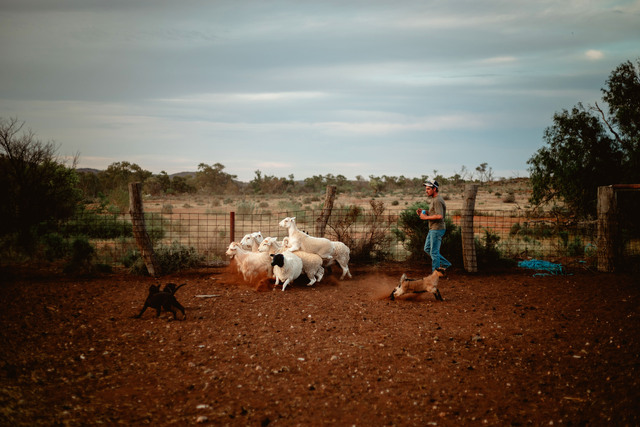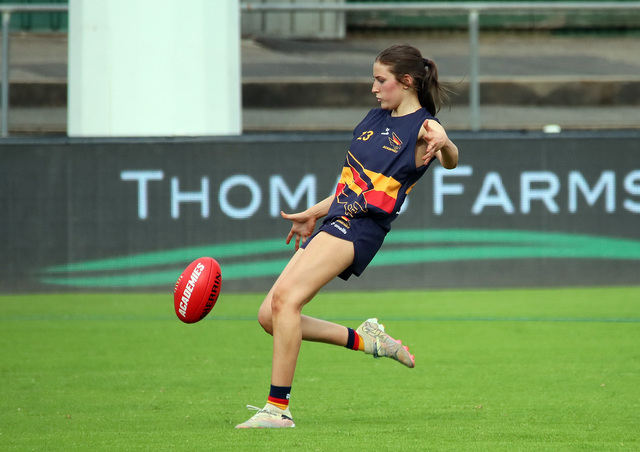MORE than one hundred citizen scientists have taken part in the 2024 Great Australian Wildlife search, collecting water samples to help map wildlife throughout the Basin.
Odonata Foundation and EnviroDNA provided sampling kits to allow citizen scientists to collect DNA that will detect wildlife present in the ecosystem.
This year marks the second year of the project in NSW, with 190 sites included in this year’s water collection throughout the Basin.
The 2023 report saw 648 samples taken from 324 sampling locations, identifying 144 different species. Of the species identified, 17 were threatened species and 26 invasive species.
Last year’s findings revealed goldfish, European carp, silver perch, Eastern mosquitofish, golden perch, bony herring, Australian smelt, spangled perch and carp gudgeons in the Darling-Baaka in the greater Menindee Area, along with wild turkeys, cormorants, green tree frogs, spotted marsh frogs and Peron’s tree frog.
A spokesperson for the Great Australia Wildlife Search said that findings from the 2023 water sampling experiment saw numbers that represent the concentration of the specific DNA found in each area, rather than the number of each individual species found in the area.
The amount of DNA of each species leaves in the water may vary depending on the size of the species.
At the sampling site in Menindee town, introduced pest species European carp saw a number of 31,260 on the first sample and 27,070 on the second sample when it came to concentration of DNA.
In comparison, the native golden perch, whose primary habitat is the Murray Darling, only saw a count of 685 on the first sample and 1468 on the second sample at the same site.
Spangled perch DNA concentration numbers came in even lower at 320 and 162 respectively.
Andrew McConville, MDBA’s chief executive, said the data is able to provide a snapshot of the species present at each site.
“That’s invaluable data that will help conserve these species,” he said.
One of the participating Citizen Science groups was Watershed Landcare in the Central Tablelands, with co-ordinator Maddison O’Brien saying her group’s work collecting samples at four locations last season led to initiatives to improve habitat for native fish along the Upper Lawson Creek and Cudgegong River.
“We detected important native fish species like the river blackfish, Murray cod and galaxias last season, and from that have set about supporting those vital species through partnerships, tree planting and weed control,” Ms O’Brien said.
“Our community is excited to continue to improve habitat for these fish, and we’re looking forward to tracking biodiversity change through our participation in the search again this season.”
Locally, Menindee Central School’s Junior Rangers took part last month in the collection process, with local engagement officer for the Commonwealth Environmental Water Holder Tim Field saying engaging students as citizen scientists was vital to the impact of the project.
“By engaging citizen scientists, the project aims to empower individuals and communities to actively contribute to wildlife conservation efforts,” he said.
A spokesperson for the Great Australian Wildlife Search said this year’s results are expected to be published in April or May of 2025.
Results from the 2023 project can be found on the website: https://www.wildlifesearch.org.au/results-2023-mdb







